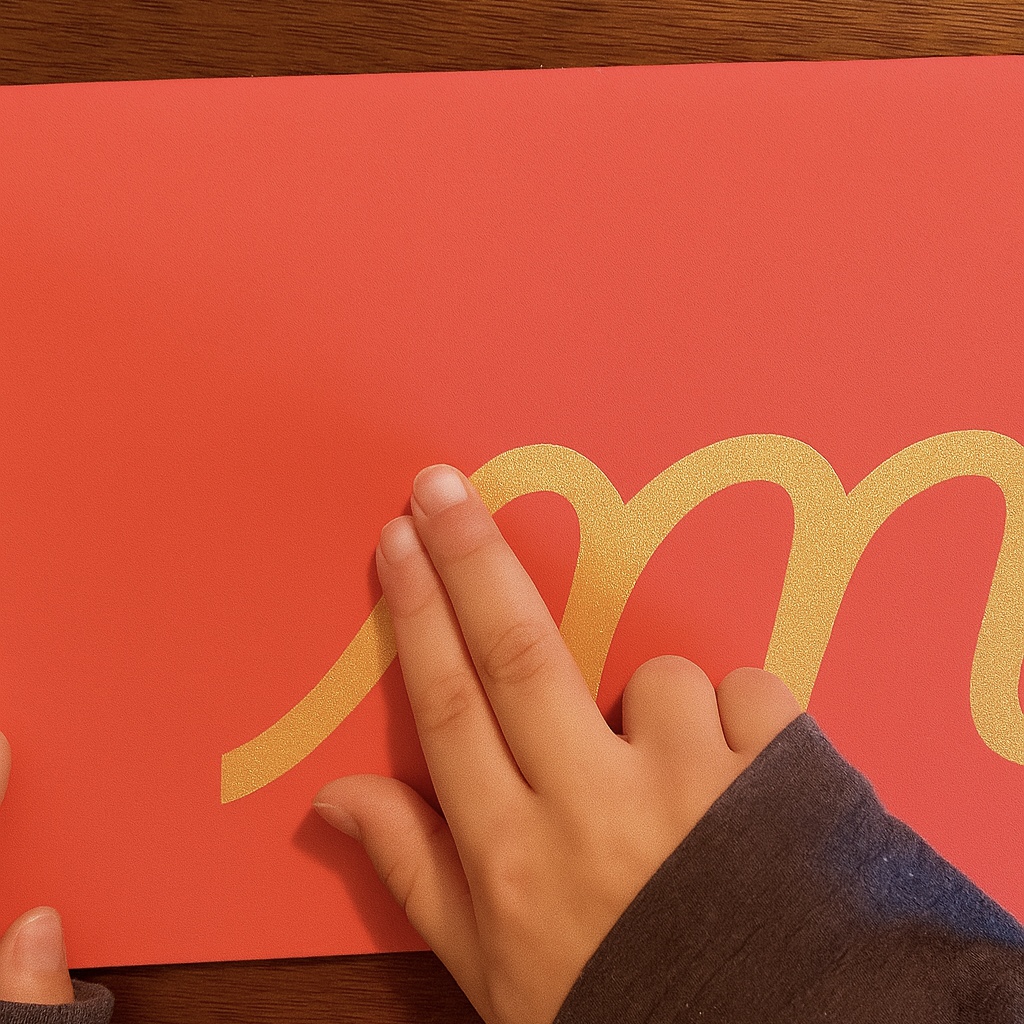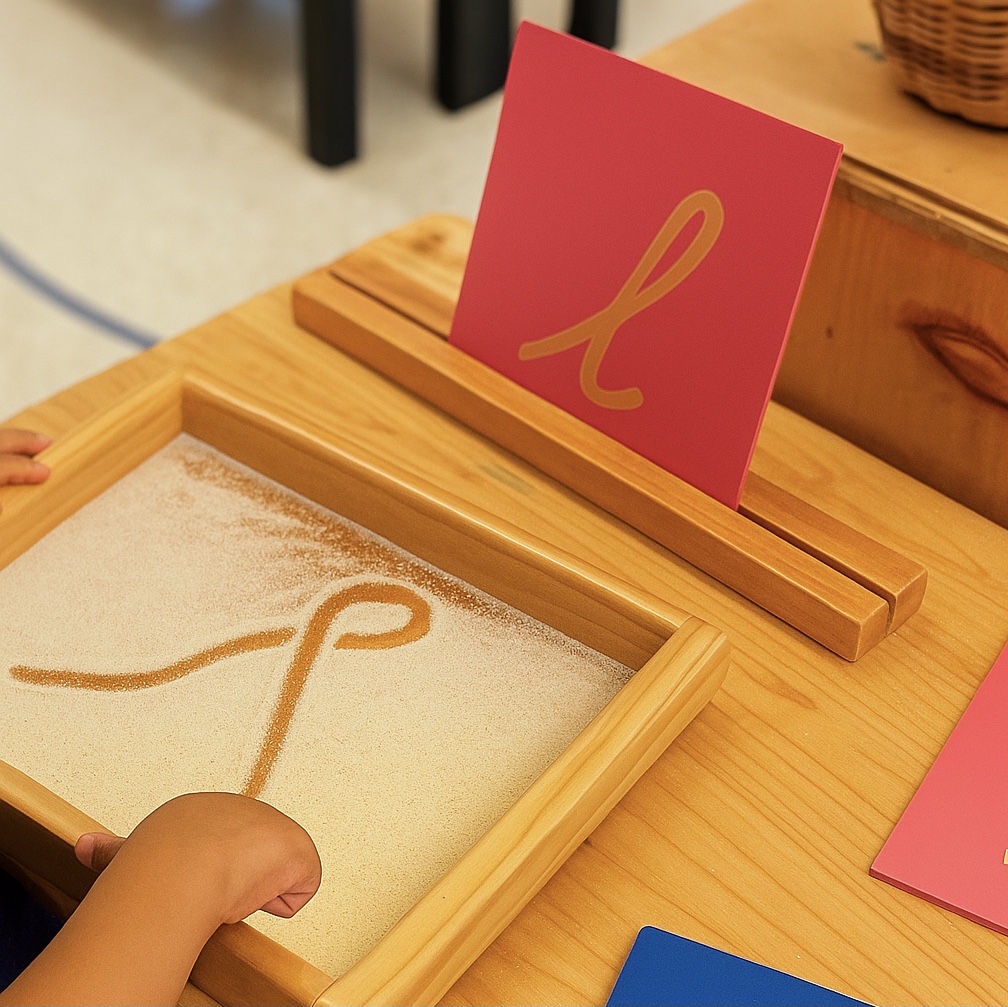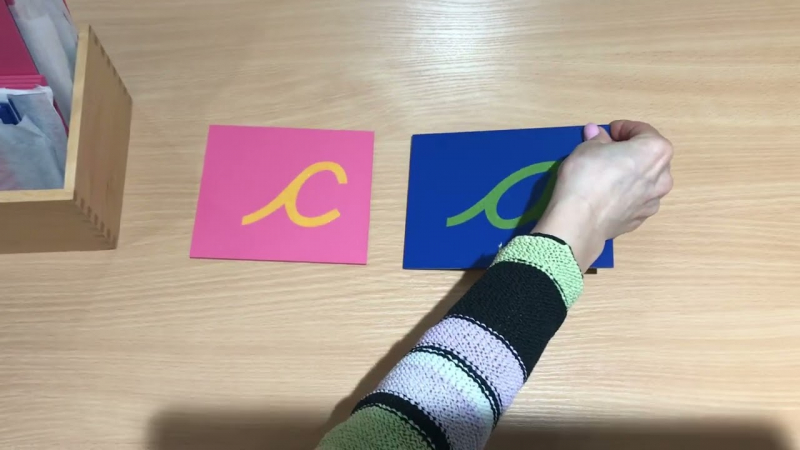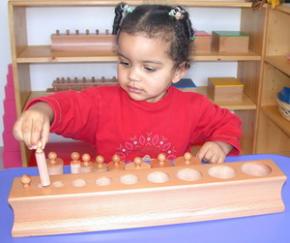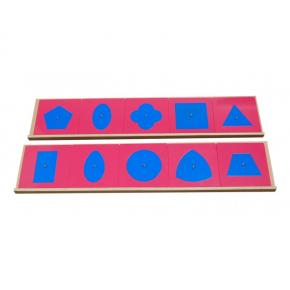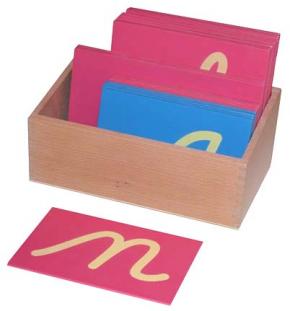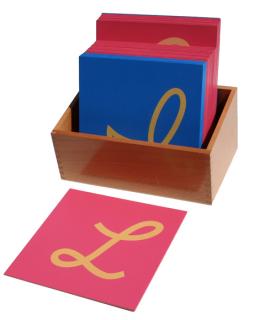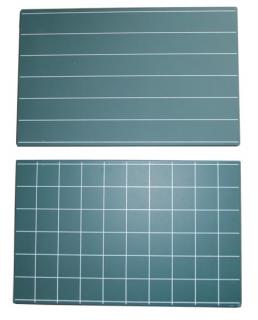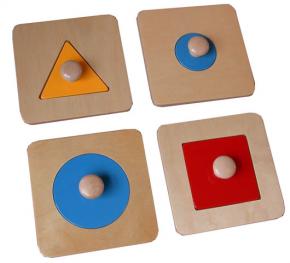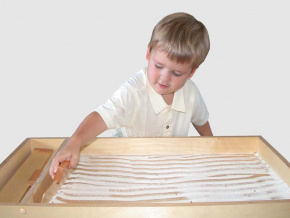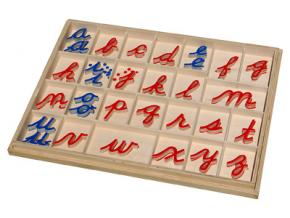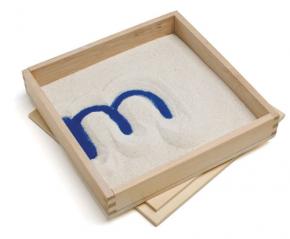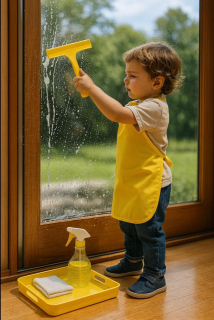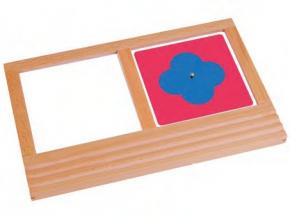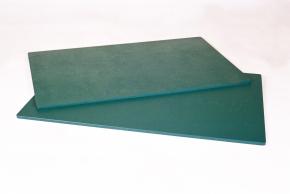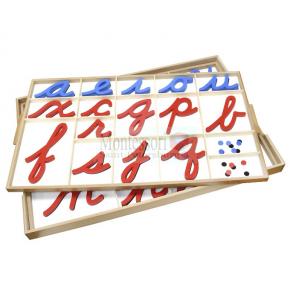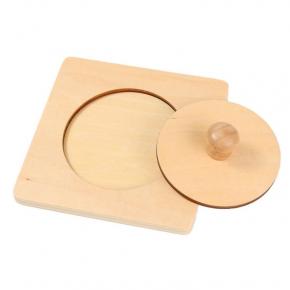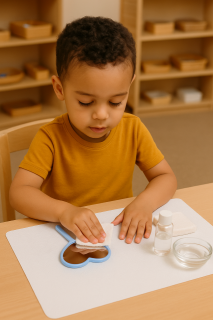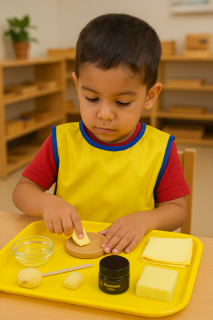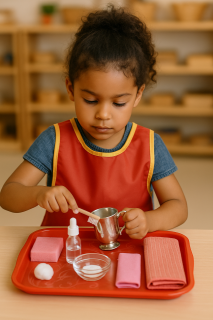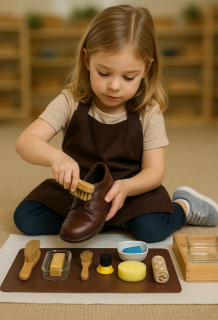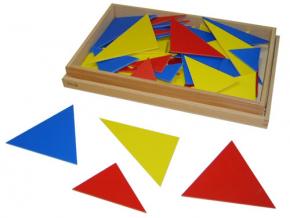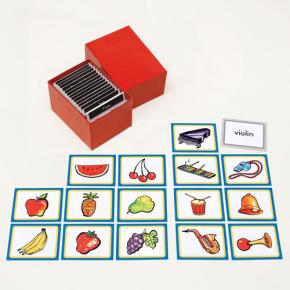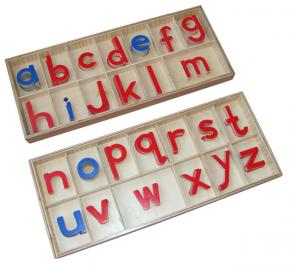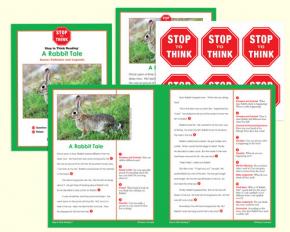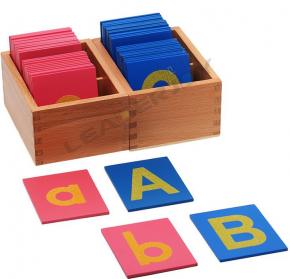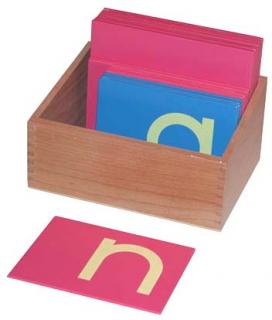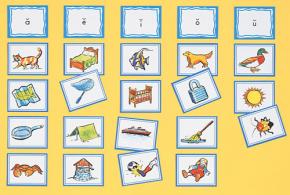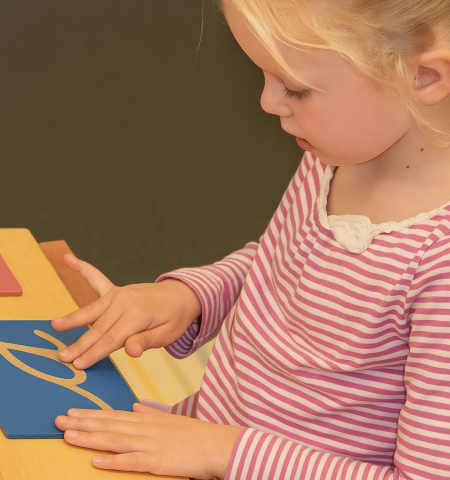
In Montessori education, children are introduced to cursive letters before print. While this may seem surprising to many parents and educators, there are strong developmental, neurological, and pedagogical reasons for this choice.
Why Start with Cursive?
1. Natural Flow for the Hand
Cursive writing mimics the natural motion of a child’s hand — smooth, continuous, and flowing. Unlike print letters, which require frequent stopping and starting, cursive allows children to maintain a consistent rhythm, making it easier to form words and sentences.
2. Fewer Letter Reversals
One of the most common challenges in early writing is letter reversal, especially with letters like b, d, p, and q. Cursive letters are more distinct in shape and connected in a flowing line, which significantly reduces the chances of reversals.
3. Supports Reading and Spelling
When children write in cursive, each word becomes a connected whole rather than a series of separate letters. This helps them recognize patterns, improves spelling, and strengthens reading fluency. They begin to 'see' whole words instead of decoding individual letters.
4. Stronger Muscle Memory
The connected nature of cursive reinforces the muscle memory of word patterns. This deep, kinesthetic learning helps children remember letter shapes and improves long-term retention — especially when writing is combined with Montessori tactile materials like Sandpaper Letters.
Preparation for Writing Starts Early
In Montessori, writing preparation begins long before a child picks up a pencil. From an early age, children develop fine motor skills and proper three-finger grip through sensorial and practical life activities:
All these activities engage the thumb, index, and middle finger — the same grip later used for writing — building control and coordination naturally.
All these activities engage the thumb, index, and middle finger — the same grip later used for writing — building control and coordination naturally.
Writing Without a Pencil: Big Movements First
Montessori teachers never rush to give a child a pencil. Instead, they offer pre-writing exercises that allow children to trace shapes and letters using their whole hand and arm. These exercises respect the developmental stage of the young child, who naturally uses large, circular movements before they are ready for refined control.
Common Montessori activities that involve large arm and shoulder movements include:
- Drawing large shapes in the air
- Tracing Sandpaper Letters with two fingers (index and middle) to reinforce letter shape, directionality, and tactile feedback
- Writing letters with fingers in a tray of sand
- Using large chalkboards or easels
- Washing a table in circular motions
- Polishing exercises (silver, brass, wood — always with circular hand motions)
- Window washing with a cloth or sponge
- Scrubbing a rug with a brush
- Rolling a mat slowly and carefully
- Sweeping or mopping in full arm movements
Metal Insets are one of the most powerful tools for refining a child’s fine motor control before writing. The child uses a colored pencil to trace geometric shapes with precision, then fills them in with light, controlled strokes. This exercise:
- Strengthens grip and wrist stability
- Develops hand-eye coordination
- Teaches line control, pressure control, and pencil movement
- Introduces left-to-right sequencing, a foundation for writing in cursive
Metal Insets gradually prepare the child to move a pencil smoothly and continuously, just as they will when writing cursive letters.
Montessori Materials for Cursive Writing
Children begin formal letter work with:
- - Cursive Sandpaper Letters: For tactile letter formation
- - Movable Alphabet (Cursive): To build words before writing
- - Chalkboards: For visual-motor integration and repetition
These materials offer hands-on, multi-sensory learning experiences that guide the child from exploration to confident expression.
Cursive and Brain Development
Cursive writing stimulates areas of the brain linked to memory, attention, language processing, and fine motor coordination. The Montessori approach supports this by combining movement, touch, and repetition — all crucial for healthy cognitive development.
What Maria Montessori Said About Cursive
Maria Montessori strongly advocated for starting with cursive. Her writings explain how cursive better matches the child's natural motor development:
“Writing is a complex motor mechanism... Cursive writing, with its continuous line, corresponds better to the movement of the hand.”
— Maria Montessori, The Discovery of the Child
She emphasized that writing arises naturally when children are developmentally ready, and that tactile and movement-based experiences lead to true literacy.
“The hand is the instrument of the mind.” — Maria Montessori
What About Print?
In the Montessori method, print is introduced later — once the child has internalized the flow and patterns of writing. Transitioning from cursive to print is easy and natural. It does not cause confusion; it enhances confidence.
Montessori Tip for Parents
If you're teaching your child at home, begin with movement-based and tactile pre-writing activities. Trace sandpaper letters with two fingers, use metal insets, write in sand trays, wash tables, polish furniture — and enjoy the process. These early experiences are far more effective than worksheets or pencil drills.
Scientific Evidence: Cursive Writing and Brain Development
Modern neuroscience supports what Maria Montessori observed more than a century ago — writing by hand, especially in cursive, stimulates brain development in unique and powerful ways.
Multiple studies confirm that cursive writing:
- Activates more areas of the brain than typing or printing
- Supports language acquisition, reading fluency, and memory
- Enhances visual-motor integration and bilateral brain activity
- Helps children with learning differences like dyslexia
References
1. James, K. H., & Engelhardt, L. (2012).
The effects of handwriting experience on functional brain development in pre-literate children.
Trends in Neuroscience and Education, 1(1), 32–42.
2. Berninger, V. W., & Richards, T. (2002).
Brain Literacy for Educators and Psychologists.
Elsevier Academic Press.
3. Longcamp, M., Zerbato-Poudou, M. T., & Velay, J. L. (2005).
The influence of writing practice on letter recognition in preschool children.
Journal of Cognitive Neuroscience, 17(2), 274–287.
4. Montgomery, D. (2006).
The effectiveness of teaching cursive writing to children with dyslexia.
The Dyslexia Handbook, UK.
